
The Arroyo Seco Parkway was opened on December 30, 1940, becoming the first nonstop “freeway” west of the Mississippi. The highway’s original “sunken garden” design drew inspiration from the East-coast parkways.
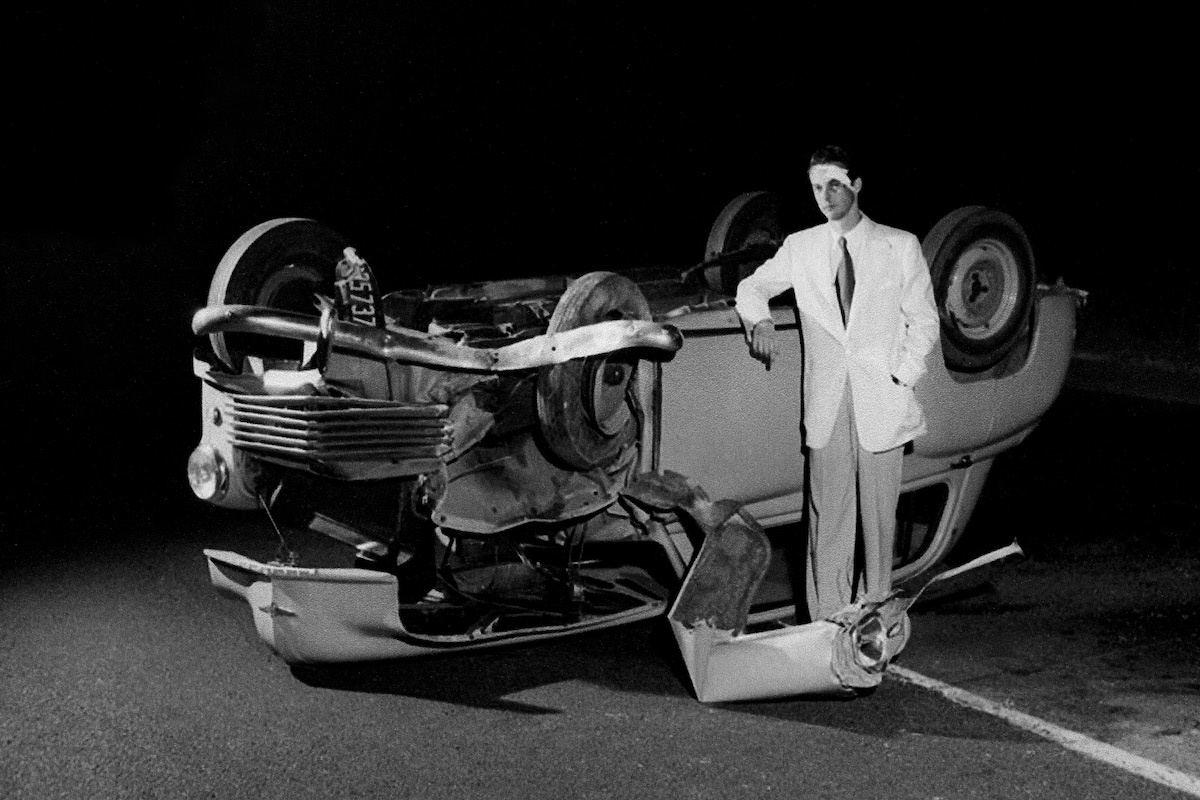
As vehicle technology improved, speeding motorists became more common on all public roads and highways. The parkway’s many off-camber curves and short ramps made it increasingly difficult to navigate.
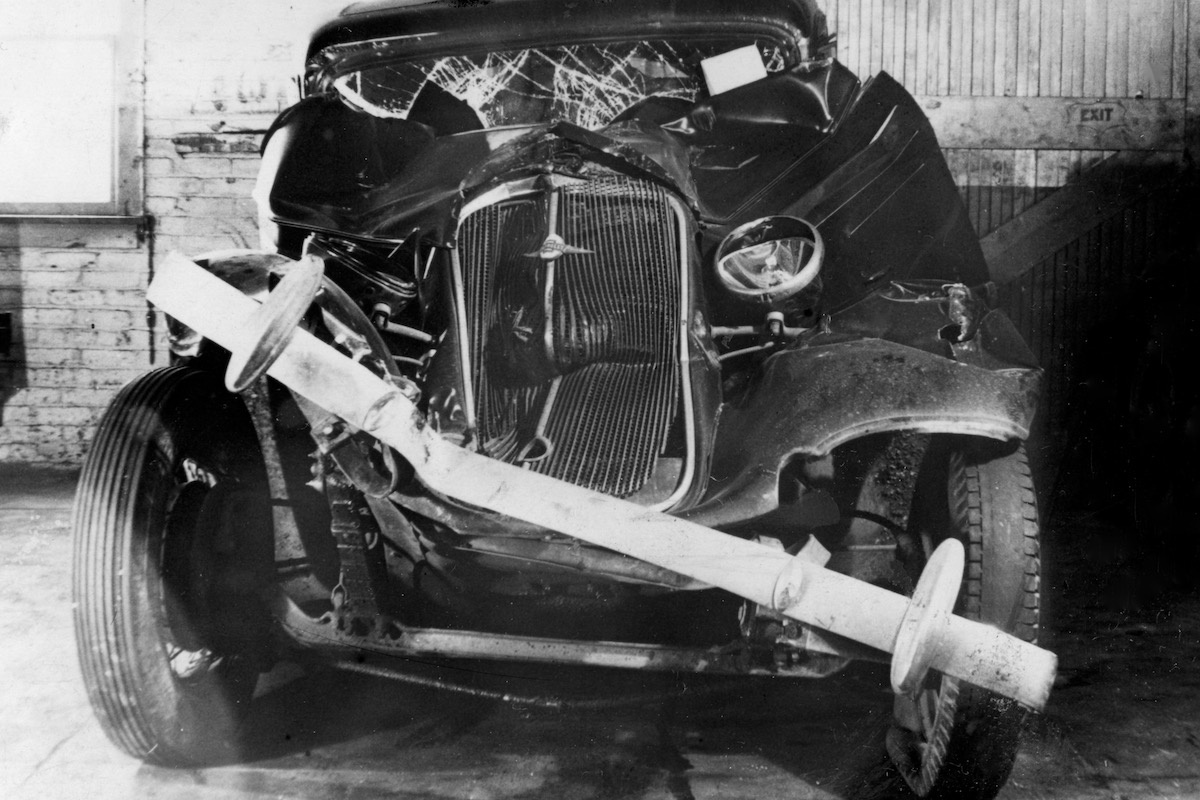

The Arroyo Seco Parkway had no retaining center divider, only two concrete lanes with a third inner asphalt lane in each direction, stop-and-go on/off ramps (some marked 5 mph), and a maximum speed limit of 45 mph. Then came rocket-inspired, 8-cylinder gas guzzling heavy metal!
Automobile traffic speeds increased to well over 55 mph, and our sunken garden parkway soon suffered from lack of maintenance receiving a name change to Pasadena Freeway (speedster motorists referring to it as “Arroyo Speedway”).
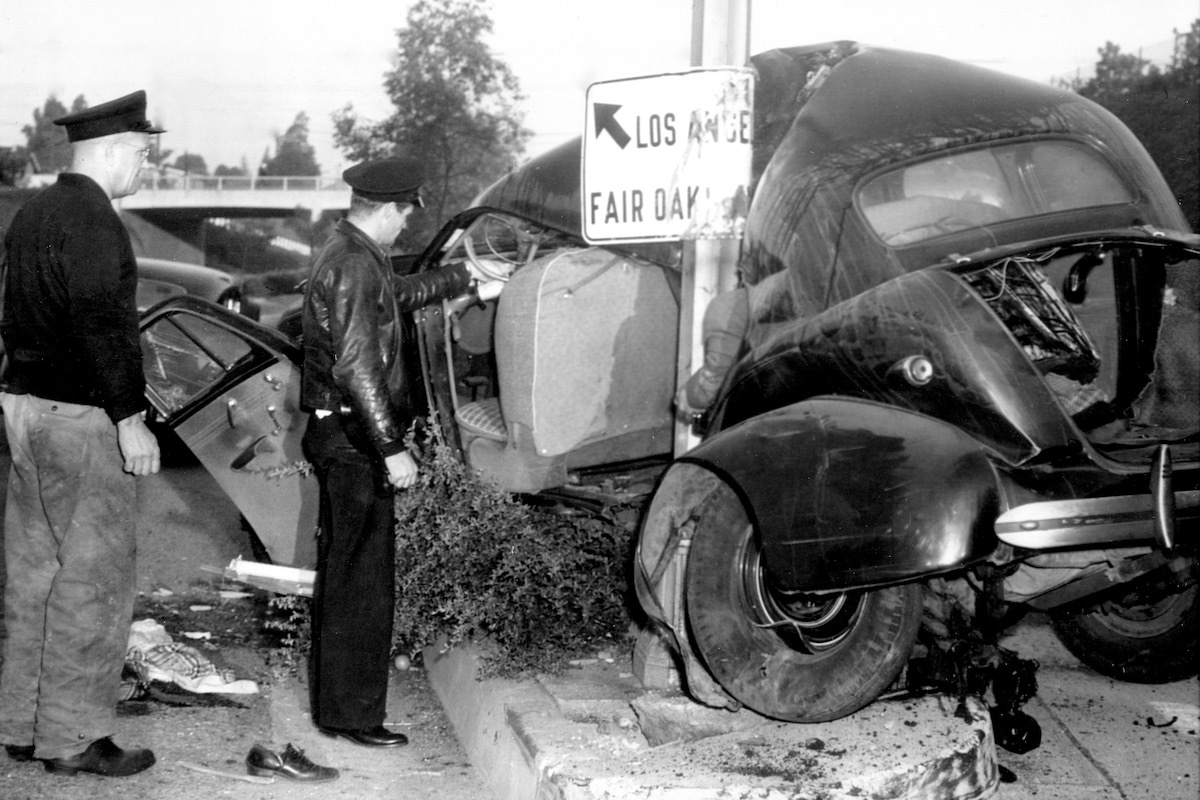
The infamous Fair Oaks off-ramp at South Pasadena closed due to frequent collisions from vehicles traveling at high speed on the “Raymond Hill curve.” The Fair Oaks exit was relocated further up the Arroyo Seco Parkway (before the Raymond Hill curve) and permanently rerouted on surface streets.
Today, the CHP seldom patrols this dangerous stretch of the highway due to its many curves and short ramps, making it challenging to track speeding motorists and pull them over safely. And on most late nights, the high-pitched buzz of sport bikes and speeding drivers still fills the Arroyo Seco.


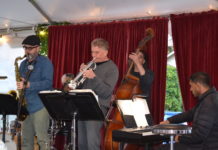


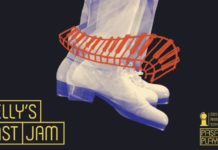

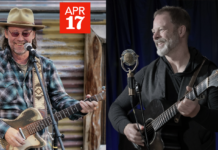


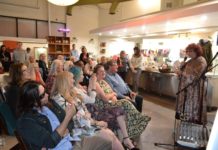









.png)









